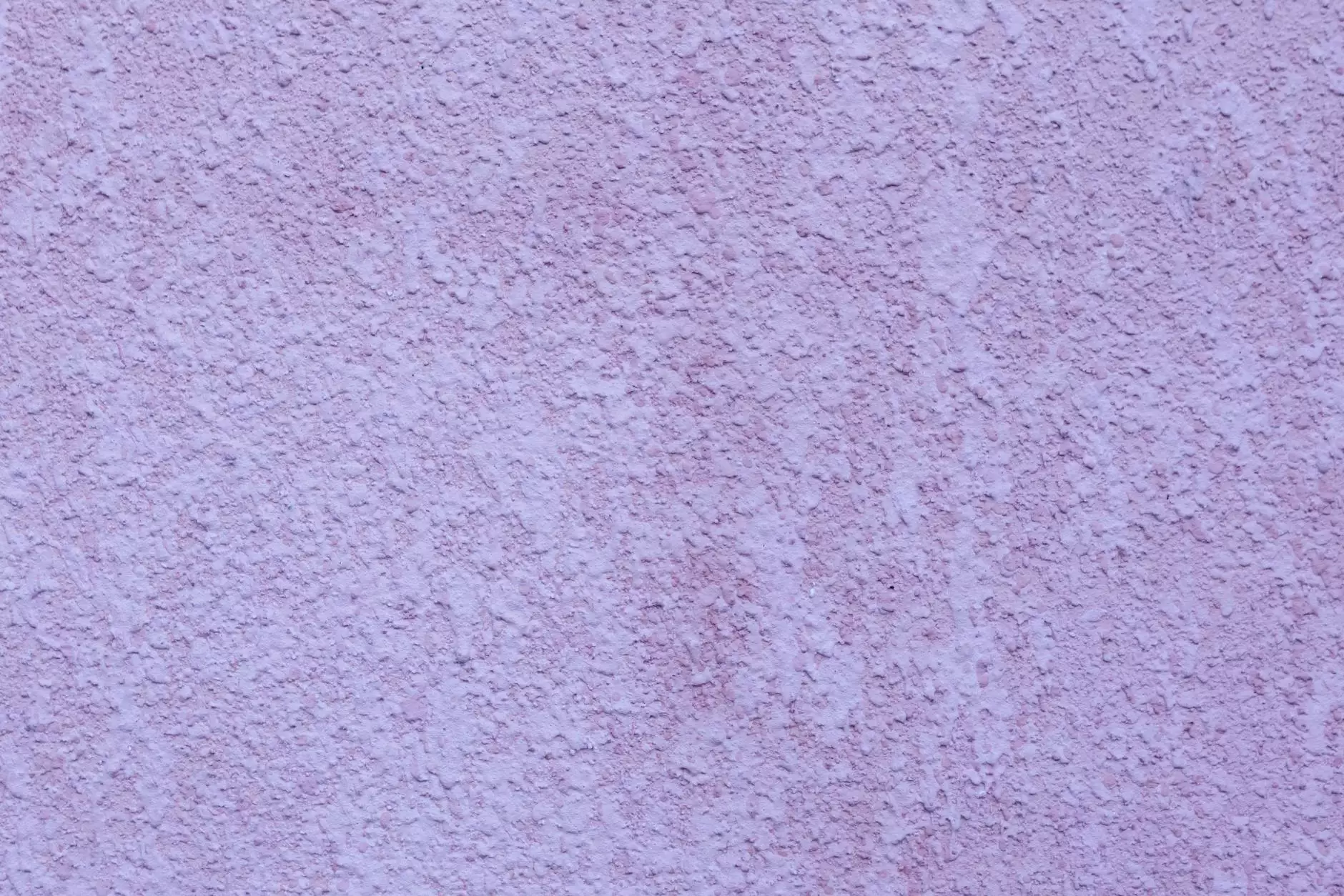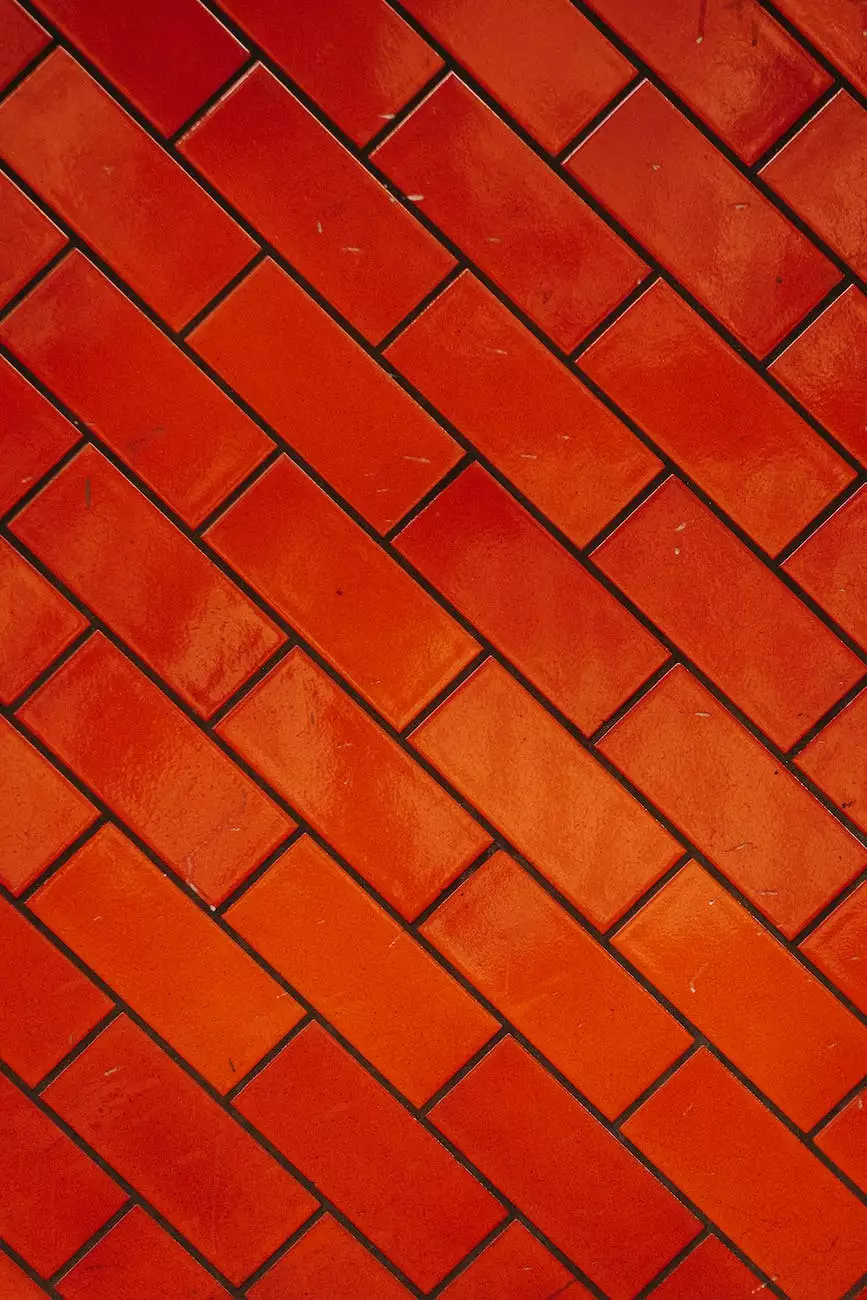How to Tell if Your Houseplant is Dying or Dormant

Introduction
Welcome to Cutting Hedge Services, your premier source for all things related to houseplant care and maintenance. In this comprehensive guide, we will delve into the key indicators that can help you determine whether your houseplant is experiencing a decline in health or simply going through a dormant phase.
Understanding the Difference
It is important to differentiate between a dying houseplant and one that is dormant. While both situations may exhibit similar outward signs, there are subtle differences that can help you make an accurate assessment.
Signs of a Dying Houseplant
A dying houseplant typically shows noticeable signs of distress. These signs may include:
- Wilting leaves that are not responsive to watering
- Brown or yellow discoloration on the leaves
- Drooping or sagging stems
- Excessive leaf shedding
- Foul odor emanating from the soil
Understanding Dormancy
Dormancy is a natural survival mechanism in many houseplants, especially during seasonal changes or periods of low light. It is important to note that dormancy is not synonymous with death, but rather a cyclical process through which plants conserve energy.
Identifying Dormant Houseplants
Here are some common indicators that your houseplant may be dormant:
- Reduced growth or lack of new leaves
- Leaves may turn yellow or drop, but are not withered or brittle
- Inactivity in terms of flowering or fruit production
- Stems appear healthy and firm
Reviving a Dying Houseplant
If you have determined that your houseplant is indeed dying, there are steps you can take to try and revive it:
1. Assess the Root Health
Carefully remove the plant from its pot and examine the roots. Healthy roots will be firm and white. If you notice mushy or discolored roots, it may be a sign of root rot, which requires immediate action.
2. Correct Watering Practices
Ensure you are not overwatering or underwatering your plant. Find the right balance by checking the soil moisture levels regularly and adjusting watering accordingly.
3. Provide Adequate Light
Ensure your houseplant is receiving the appropriate amount of light for its specific needs. Some plants thrive in bright, direct sunlight, while others prefer indirect or low-light conditions.
4. Evaluate Nutrient Levels
Consider using a balanced plant fertilizer to ensure your dying houseplant receives essential nutrients. Follow the instructions on the fertilizer packaging to avoid overfeeding.
5. Pruning and Trimming
Remove any dead or decaying foliage, stems, or flowers from the plant. Pruning helps redirect energy towards healthy growth.
Nurturing Dormant Houseplants
If your houseplant is dormant, follow these tips to support its well-being:
1. Adjust Watering
Dormant plants typically require less water. Allow the soil to dry partially before giving them a moderate amount of water. Avoid overwatering, as it can lead to root rot.
2. Temperature and Humidity
Maintain appropriate temperature and humidity levels in the environment to promote healthy dormancy. Each plant species may have specific requirements, so research your plant's needs.
3. Limit Fertilizer
During dormancy, houseplants typically do not require frequent fertilizing. Reduce or eliminate fertilization until the plant shows signs of emerging from dormancy.
4. Monitor Light Exposure
Even though dormant, houseplants still need some amount of light. Place your plant near a window with filtered light or provide supplemental artificial lighting.
Conclusion
With the knowledge and insights shared in this guide, you are now equipped to determine whether your houseplant is dying or dormant. Remember to observe the specific needs of different plant species and make adjustments accordingly. Should you require further assistance or have any additional questions, feel free to reach out to Cutting Hedge Services, your trusted partner in houseplant care.
Disclaimer: The information provided in this guide is for educational purposes and should not replace professional advice. Always consult with a qualified horticulturist or plant specialist for specific plant care guidance.




